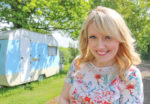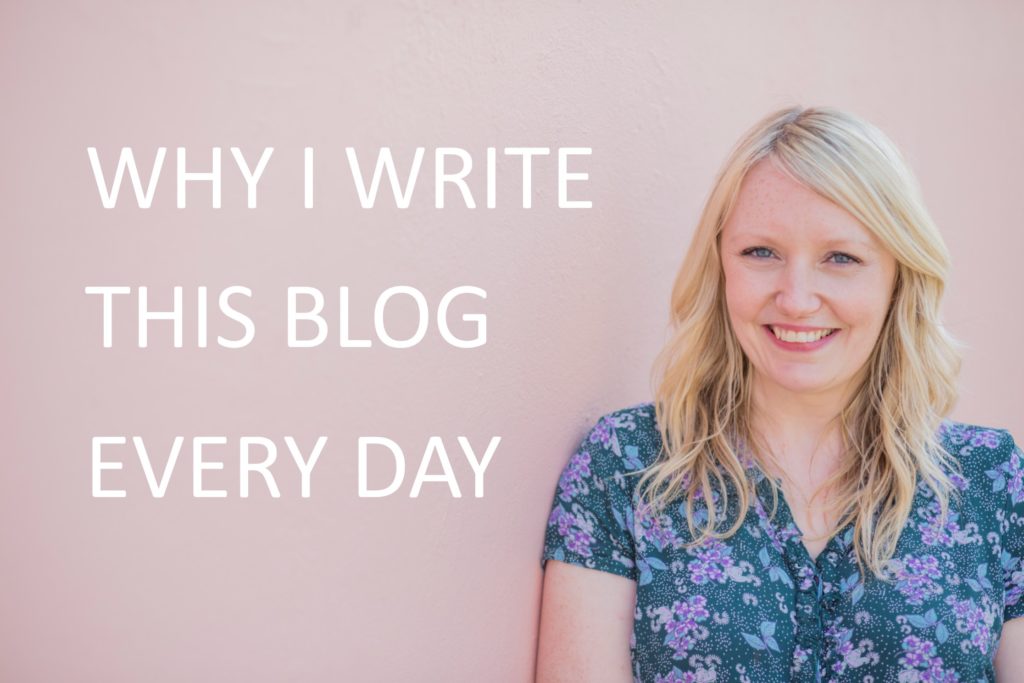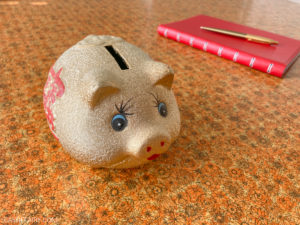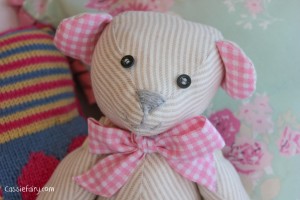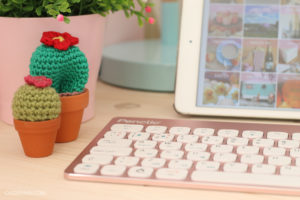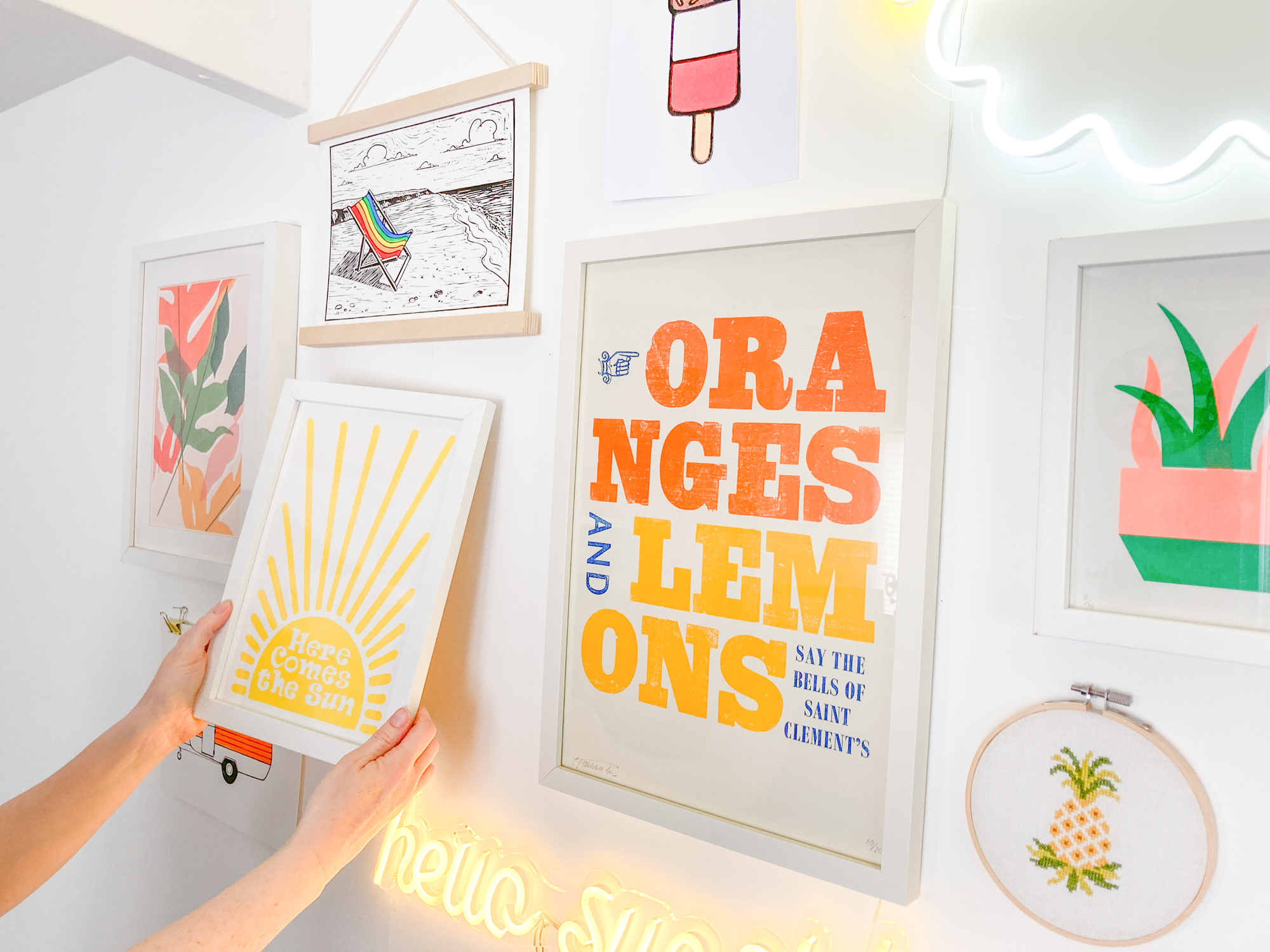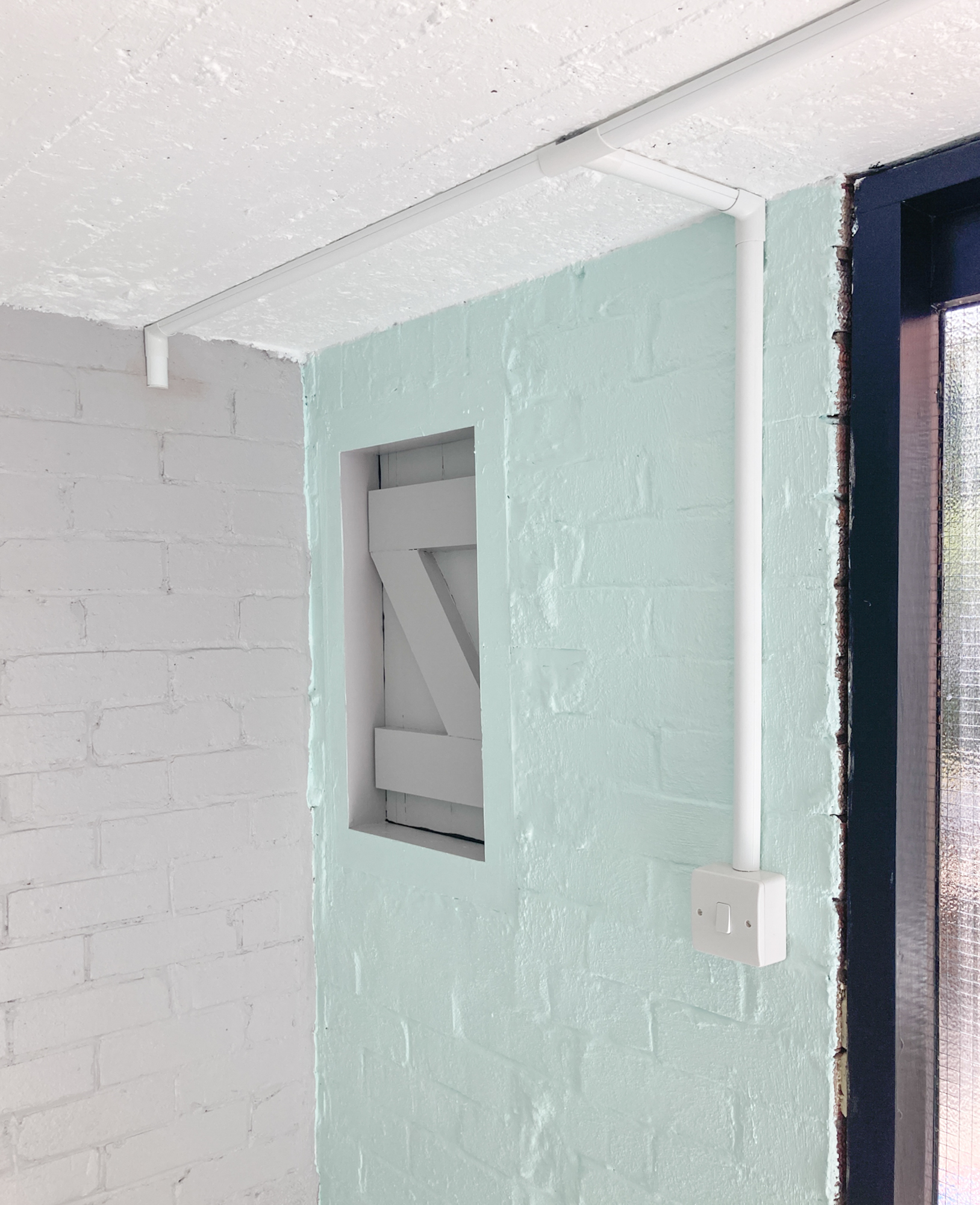Have you put your camera away for winter? If so you’re not alone; I’ve certainly been avoiding taking photos for a while. While I find it relatively easy to take interesting snaps during the summer, I’ve been struggling to take any decent photos recently and it’s been putting me off evening trying during these dark winter months. However, I know that autumn and winter presents some rare moments of fascinating light that are ideal for taking photographs… I just need to find them! The lower light can be more flattering and the variety of colours in a winter sunset can improve the tones in a photograph no end. I don’t have much to photograph at this time of year in the garden and my interiors shots are far too dark so I’ve therefore come up with some tips for photographing animals so that you can enjoy getting out in the fresh air and take some creative photos with your pets.

Camera hint 1 – To allow colours to appear more vibrant, the automatic white balance can be switched from “Shadows” to “Clouds”.
Possibly the best part of photographing during autumn and winter are the gorgeous background colours. Dominant shades of orange and brown in autumnal photos grant a picture a warmer image-effect and will allow dogs with light-coloured fur or darker tones to stand out in the image. In contrast, cool winter skies allow the warmer colours of your pet’s fur to shine. Using a camera while on a winters walk at the end of the day, during the “Golden Hours” before sunset, can be most rewarding. During this time the sun is low and gives the portrait of your pet a certain depth, so that details can be focused more clearly and fur is given a softer appearance.
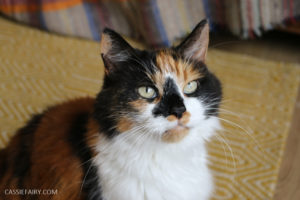
Camera hint 2 – During picture-taking it is possible to generate a “depth of field” where the background becomes blurred and the pet in front will stay sharp. To enable this effect, an aperture of at least f/4,0 should be used.
An active photoshoot with a dog is much easier in winter. Hot summer weather can quickly tire out even the most active dog, while that same dog could happily play all day long during the cool winter temperatures. And the breath of a heavily panting dog will show up nicely in a winter picture, adding life to your images. Take a few toys for the dog and a second person if possible when taking pictures of your pet. The other person can play with the dog and keep it busy while you have time to concentrate on finding some great light and taking gorgeous photos. But be careful; some dogs get easily fixated on a toy or snacks and will keep jumping towards the camera because of it.
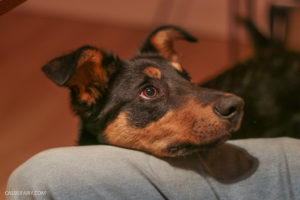
Camera hint 3 – It is helpful to play a bit with the surrounding light. A back lighted shot creates additional contrasts, because it highlights the pet’s natural outlines.
Hardly any other season makes it easier to find and play with contrasts. The variety of colours and the low light casts deep shadows and causes bright highlights. But a little bit of work also has be done behind the camera. The colour of the animal’s coat should be set against a contrasting background if possible to avoid both elements merging with each other when you come to edit your images.
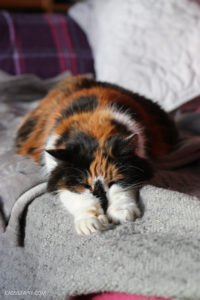
Camera hint 4 – In forest locations it is more shadowed, which can easily cause pictures to become too dark. To prevent this you should adjust the shutter speed instead of the ISO-value. A ISO-value over 400 isn’t recommended, because it might cause grainy images.
With a dog as your model, you’ll probably be walking somewhere in nature, such as nearby parks or lakes. This setting provides a lovely background for your images and also provides the necessary fun-factor for the dog! Woods often allow you to capture more depth in your images and your dog can be photographed in different settings such as walking along hiking trails, splashing through a river, carrying a stick or even with other animals. Pictures taken in an area like this will certainty show a happy and adventurous dog!
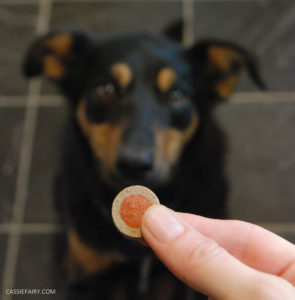
A final small hint – A direct flash should be avoided. The dog could get blinded by the light and take flight because of it. What’s more, a flash might cause a reflective flare in the eyes of cats, which looks rather scary in photos!
All that’s left now is to use find those winter ‘golden hours’ and use the beautiful light! And if the hints above are followed, you’ll be rewarded with some pretty keepsake pictures of your pet to print out as wall decorations, (just as I did with photos of my cats in this blog post) or use them for nice postcards or for as a calendar for the coming year.

This blog post is an advertisement feature that has been written in collaboration with a sponsor. The pink links in this post indicate a sponsored link 🙂





